Top 10: Augmented Reality (AR) Web Base Platforms
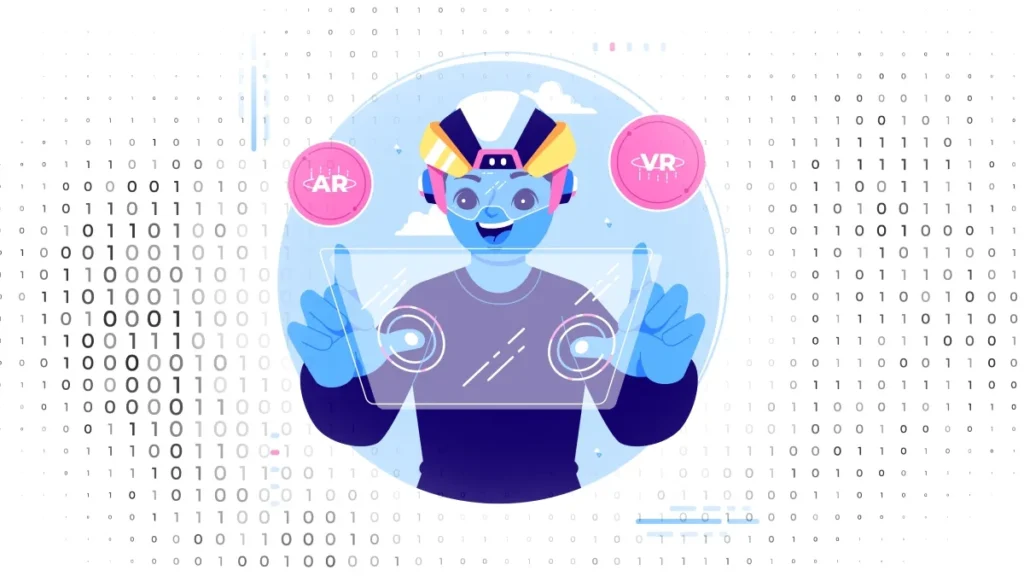
Introduction to Augmented Reality Web-Based Platforms
Augmented reality (AR) represents a transformative digital experience that integrates virtual elements into the real world, enhancing the way users perceive their surroundings. By utilizing devices such as smartphones, tablets, and computers, AR allows for a seamless blend of digital content with the physical world, creating interactive experiences that captivate users. This technology is gradually becoming an essential tool across various industries, including education, entertainment, retail, and healthcare, as it generates new opportunities for user engagement and innovation.
Table of Contents
As we explore the top 10 augmented reality web-based platforms, it is crucial to recognize the impact of this technology on both the digital landscape and user experience. Understanding these platforms will empower businesses to make informed decisions about integrating AR into their strategies and ultimately enhance their competitive edge in the digital realm.
Why Use Augmented Reality Web-Based Platforms?
Augmented Reality (AR) web-based platforms offer numerous advantages for both users and developers. One of the primary reasons to consider these platforms is their accessibility. Unlike traditional AR applications that require users to download software, web-based AR experiences can be accessed directly through web browsers. This eliminates the need for storage on devices, making it easy for a broader audience to engage with AR content instantly.
From a cost-effectiveness standpoint, deploying AR solutions on web-based platforms significantly reduces the initial investment associated with app development. Developers can create a single version of AR content that operates seamlessly across multiple devices and operating systems, instead of managing separate applications for each platform. This approach not only conserves resources but also allows for faster updates and maintenance, as all users receive the latest version without additional downloads.
Key Features of Augmented Reality Web-Based Platforms
Augmented reality (AR) web-based platforms are revolutionizing the way users interact with digital content. These platforms typically boast a range of key features designed to enhance both user experience and developer capabilities. One of the most significant functionalities is 3D modeling.
This feature allows developers to create and integrate three-dimensional representations of objects directly into web pages, enabling users to visualize products from multiple angles before making purchasing decisions. As a result, the incorporation of 3D models can significantly influence consumer behavior and overall satisfaction.
Another fundamental aspect is real-time interaction. This functionality enables users to engage with AR content seamlessly, facilitating immediate responses to their actions..
Cross-browser compatibility is also a crucial feature of AR web-based platforms. This ensures that the augmented reality experience is accessible across various web browsers, maximizing reach and engagement.
Top 10 Augmented Reality Web-Based Platforms
The evolution of augmented reality (AR) has given rise to numerous web-based platforms that enable users to leverage this technology for various applications. Below is a detailed list of ten prominent AR platforms that stand out due to their features and usability.
1. AR.js
This open-source library is designed for web-based applications, providing a simple and easy way to create AR experiences. Utilizing marker-based and marker-less AR, AR.js is suitable for developers looking to integrate AR into websites with minimal hassle.
2. Three.js
A popular 3D library for creating and displaying animated graphics in a web browser. With the integration of AR capabilities, Three.js allows developers to create interactive AR experiences that can be easily deployed on networks.
3. Vuforia Web Services
Known for its robust AR features, Vuforia offers web services that support a variety of user scenarios. Their platform excels in image recognition, making it an ideal choice for retail and marketing campaigns.
4. 8th Wall
This platform is recognized for its ease of use and powerful capabilities. 8th Wall provides developers with tools to create AR experiences that run directly in mobile browsers without the need for app downloads, broadening accessibility.
5. ZapWorks Studio
Offering a comprehensive suite of AR tools, ZapWorks Studio allows users to craft sophisticated AR experiences through an intuitive interface. It’s particularly beneficial for educational content and branding strategies.
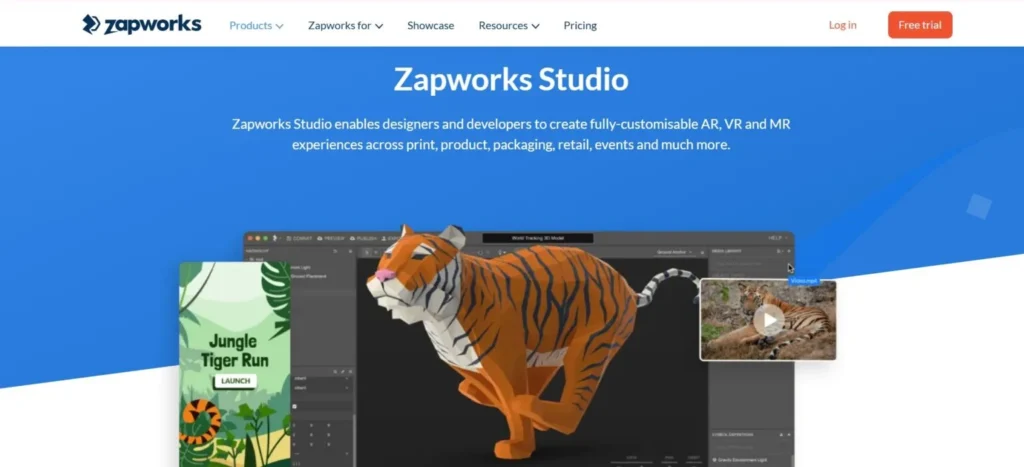
6. WebXR
This web standard provides the foundation for integrating immersive technologies like AR and VR into web applications. Its flexibility enables developers to create rich AR experiences tailored to various devices.
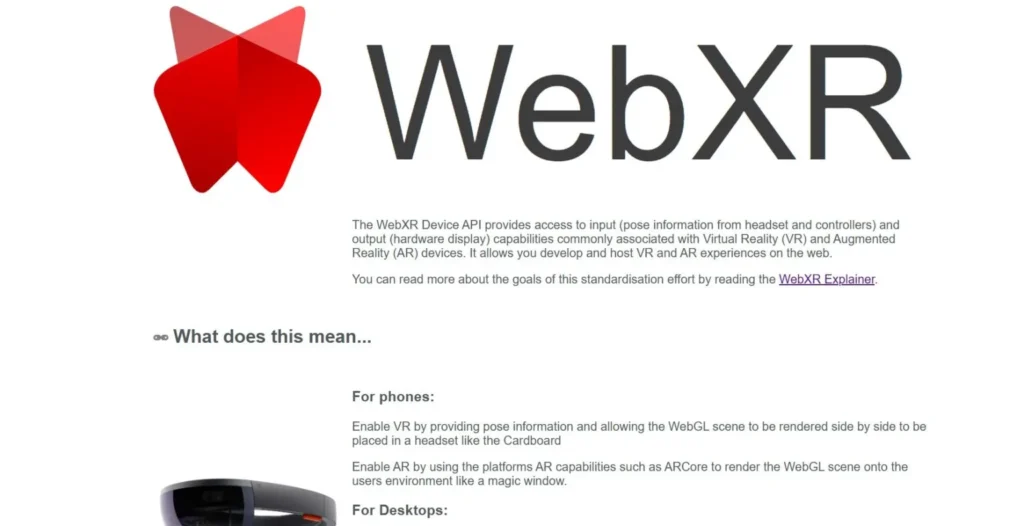
7. Adobe Aero
A user-friendly platform for creating AR experiences without extensive coding knowledge. Adobe Aero is well-suited for designers looking to bring their projects to life visually, making it ideal for creative applications.
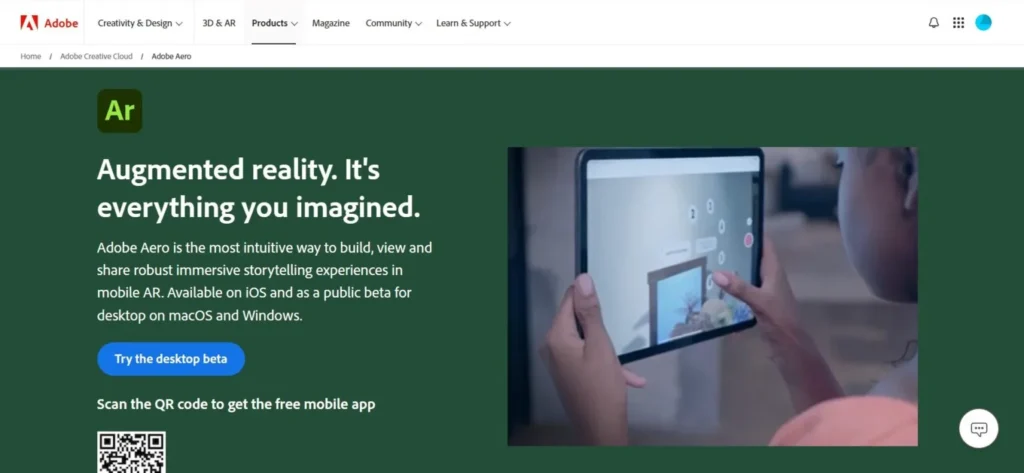
8. Piktochart AR
Designed to enhance presentations and infographics, Piktochart provides AR features to make data visualization interactive and engaging which can improve information retention within corporate and educational settings.
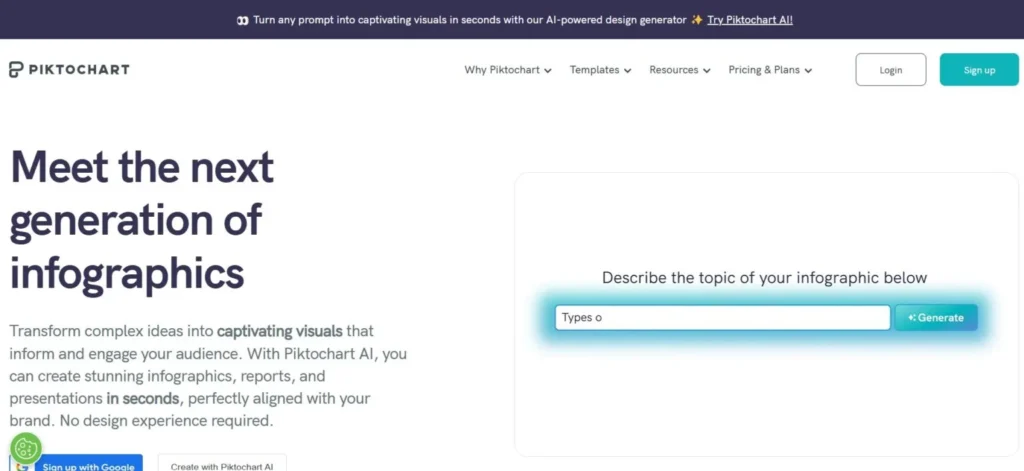
9. Blippar
This platform excels in providing marketing solutions through AR. Blippar allows brands to create interactive advertisements that engage consumers and create memorable experiences, thus maximizing marketing impact.
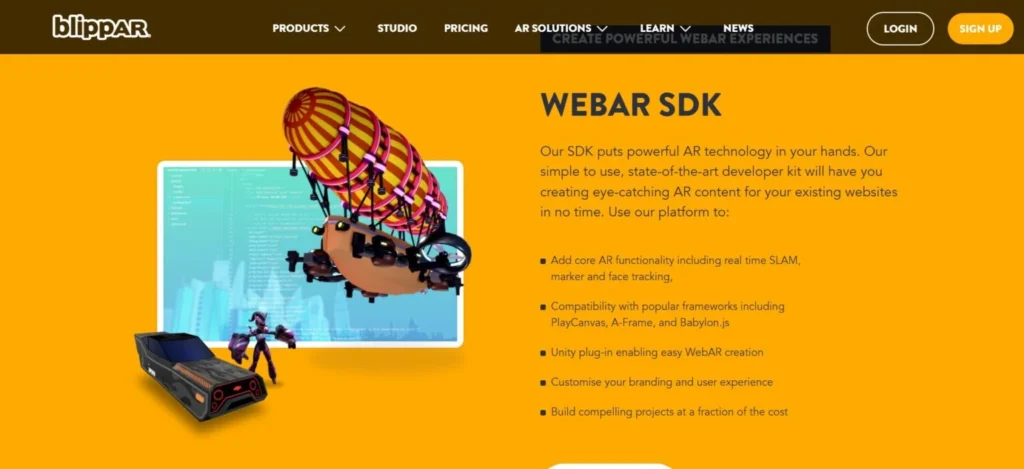
10. Unity WebGL
Though originally a game development platform, Unity’s WebGL capabilities have made it feasible to produce impressive AR applications that can be accessed via web browsers, showcasing high-quality graphics and interactions.
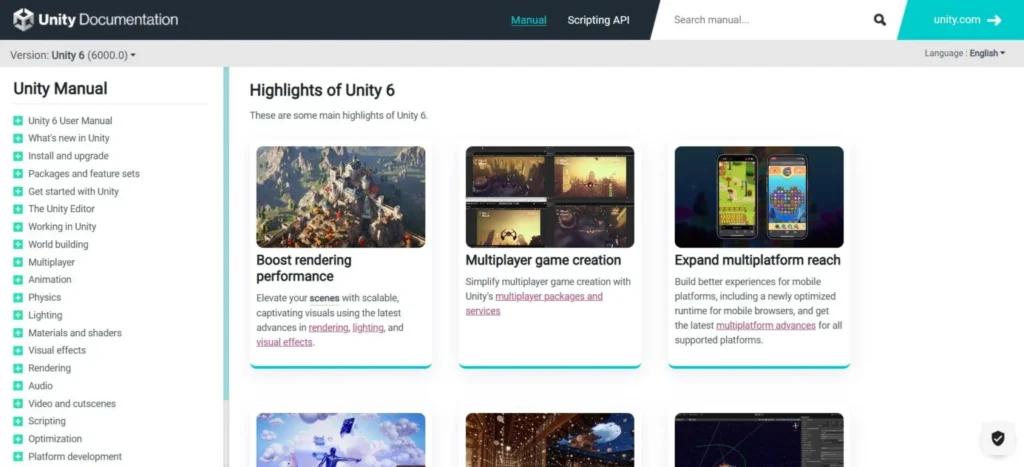
These platforms each cater to different spheres of augmented reality; therefore, selecting the right one depends on the specific needs and goals of a project. As AR technology continues to evolve, exploring these platforms can open up numerous possibilities for innovation and user engagement.
Looking to enhance your code quality while exploring AR platforms? Check out our article on 10 JavaScript Tips for Cleaner and More Maintainable Code for best practices to keep your JavaScript projects efficient and well-structured.
FAQ
What is Augmented Reality (AR)?
Augmented Reality (AR) is a technology that overlays digital elements onto the real world, enhancing users’ perception of their surroundings through devices like smartphones, tablets, and computers.
Why should businesses consider using AR web-based platforms?
AR web-based platforms are accessible directly through web browsers, eliminating the need for software downloads. They also reduce development costs by allowing a single version of AR content to work across multiple devices, facilitating faster updates and maintenance.
What are the key features of AR web-based platforms?
Key features include:
3D Modeling: Enables the integration of three-dimensional representations of objects for better visualization.
Real-Time Interaction: Allows users to engage with AR content seamlessly.
Cross-Browser Compatibility: Ensures accessibility across various web browsers.
How does 3D modeling influence consumer behavior?
Incorporating 3D models allows users to visualize products from multiple angles, significantly influencing their purchasing decisions and overall satisfaction.
What is the significance of real-time interaction in AR?
Real-time interaction enables users to engage with AR content seamlessly, providing immediate responses to their actions and enhancing the overall user experience.
How does cross-browser compatibility benefit users?
Cross-browser compatibility ensures that AR experiences are accessible across various web browsers, maximizing reach and user engagement.
Can AR web-based platforms be used for educational purposes?
Yes, AR web-based platforms can be particularly beneficial for educational content, enhancing learning experiences through interactive and engaging visualizations.
What industries can benefit from AR web-based platforms?
AR technology is becoming essential in various industries, including education, entertainment, retail, and healthcare, as it creates new opportunities for user engagement and innovation.

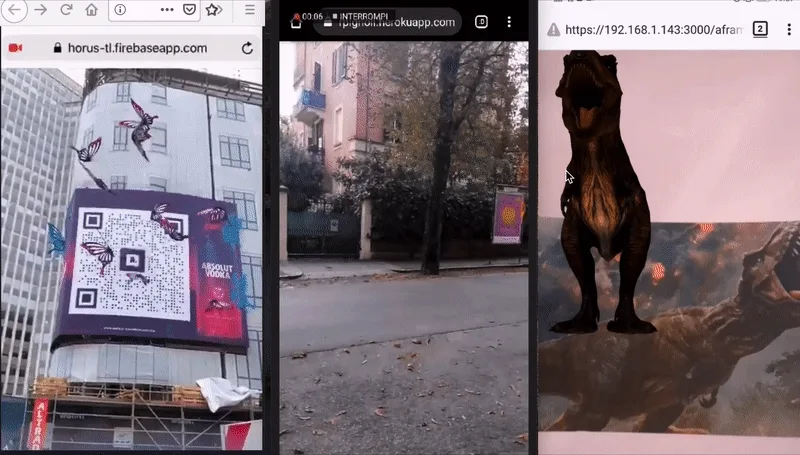
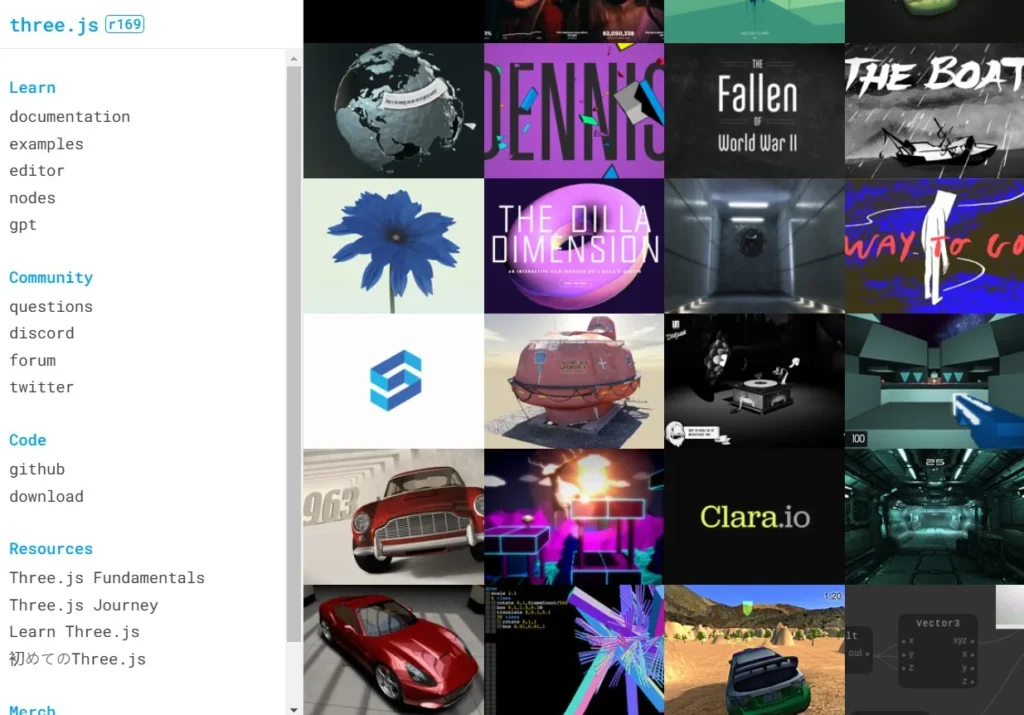


 Install jsUpskills app on your home screen!
Install jsUpskills app on your home screen!